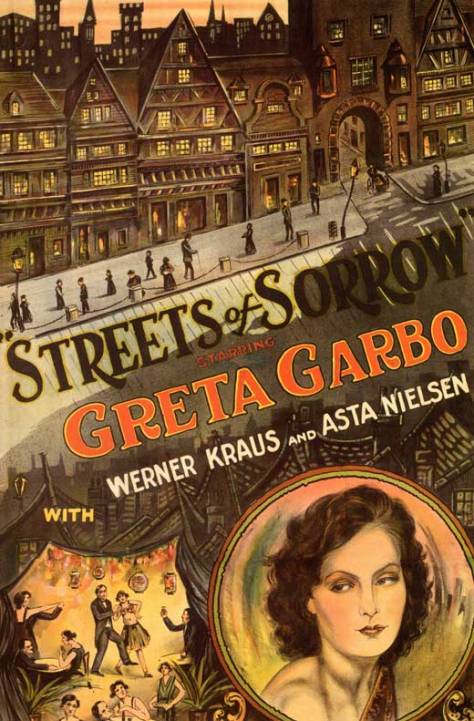
Die Freudlose Gasse (The Joyless Street/The Street of Sorrow) was released in 1925 and directed by Georg Wilhelm Pabst (Alexander, 1980). The film, based on the novel by Hugo Bettauer, was one of the first films of the “New Objectivity” movement. The Neue Sachlichkeit movement (also known as the “New Objectivity movement”, the “New Sobriety” or the “New Matter-Of-Factness”) was an art movement in early 1920’s Germany that served as a response to the Expressionism movement. The movement peaked in 1929 and ended with the fall of the Weimar Republic (Kester, 2003). In cinematic terms, the New Objectivity movement was very straightforward and realistic, portraying everything as it was and at the complete opposite end of the spectrum when compared to the characteristics of the Expressionist movement. Pabst is the filmmaker that is most associated with this movement; Joyless Street is considered the best representation of New Objectivity (Isenberg, 2009).
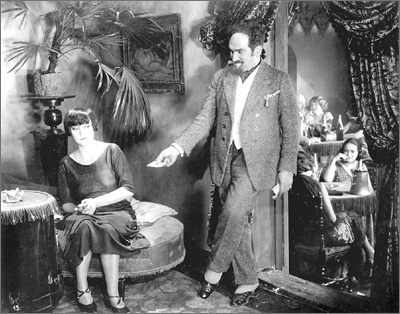
In writing an analysis of the film that was screened in class, it is important to remember that there are several cuts of the film currently in circulation. This was done for distribution and censorship reasons. The original film was ten thousand feet in length; France’s version removed any reference to “the street”, Vienna removed every scene with the butcher and Russia transformed the officer into a doctor & the butcher into a murderer (Rotha, 1967). A restored version (142 minutes) was produced and released by Austrian Filmarchiv and shows the complete vision that Pabst had in mind. The version viewed in class was missing a lot of the nuances and plot points that Pabst wanted to include in the movie. Several examples of this include: the contrasting narrative between Grete and Marie, the subplot of Josef Geiringer (the butcher) & the revolt at the end of the movie. For purposes of this analysis, a complete version of the film was viewed and that will be the version of the film that this analysis refers to.
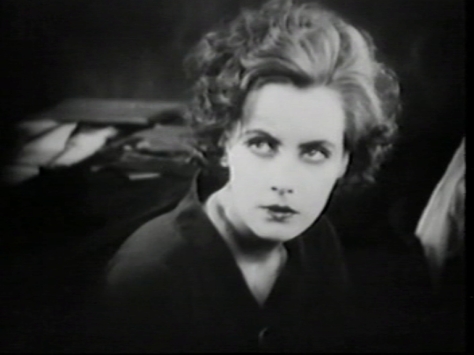
When comparing the full version of the film to the version viewed in class, I have to be completely honest: I was bored with this version. The story was very disconnected and just plain slow. I don’t think that the viewer really understood the role of the butcher and the clothing shop/brothel madam in the story. I feel that the couple was Pabst’s portrayal of a destabilized and corrupt government in 1920s Weimar society. I can understand the thinking of countries censoring the film given the time it was released, but it is very interesting on how the different cuts of the movie take on completely different meanings. The riot at the end was Pabst’s view of the widening gap between the rich and poor and the dissolving bourgeois community in 1920s Germany.
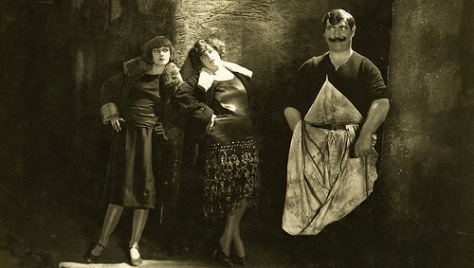
I was amused at the spectacle of Greta Garbo in this movie. From the extravagant presentation of Garbo on the title card to her character’s name being Grete, Joyless Street is a great example of early cinema’s attempt to “bank” on the star system – the ability of an actor or actress to draw crowds to movies just for their appearance in it. The star system focused more on the idea or image of the actor/actress versus their actual performance. Studios would develop new names and backstories for their talent; they would also arrange “fake dates” between starlets and actors then arrange to have photographers film them in public to generate interest (Bassinger, 2007). Pabst’s title card presentation of Garbo is just another reminder of how German cinema was beginning to utilize some of the practices from Hollywood.
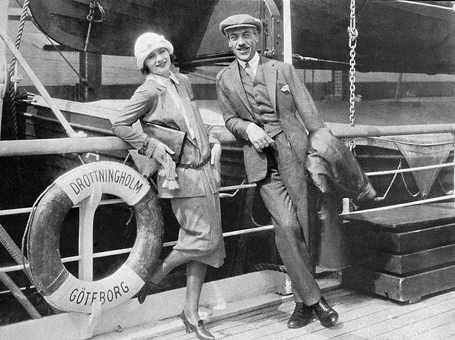
After 1919, women in Weimar Germany had evolved into equals with their male counterparts (employment, suffrage, etc.) (Rogowski, 2010). In Weimar Cinema, the portrayal of woman switched from chaste and reserved to femme fatales – seductive women who bring disaster to the men that are attracted to them (Kardish, 2010). Female characters in these movies that stray from the “straight and narrow” are punished for their “sins” (Koller, 2004). The full version of Joyless Street shows Marie paying for her life as a prostitute while Grete’s character is almost rewarded for “resisting” choosing prostitution. Early Weimar films connected the uncontrollable urges of women with disorder; unmarried and non-monogamous women were labeled prostitutes during the 1920s (Rogowski, 2010). They were portrayed as very simple and very sexual in nature, just objects that are easily controlled by men (Rogowski, 2010).
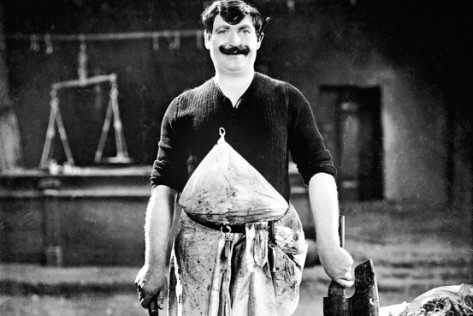
I almost feel that Pabst’s movie is a form of propaganda fueled by the anxieties and nervousness of a Weimar male population. It’s portrayal of Marie and Grete is infuriating at points. I had to keep reminding myself about the historical context and environment in which this film was released. It was an uncertain world that the German population lived in. The rich were getting richer & the poor were getting poorer. The middle class was completely losing its identity (and inhabitants). Women had more access to rights than they had ever had. This scared the male population that had such a control over females during this time in history.
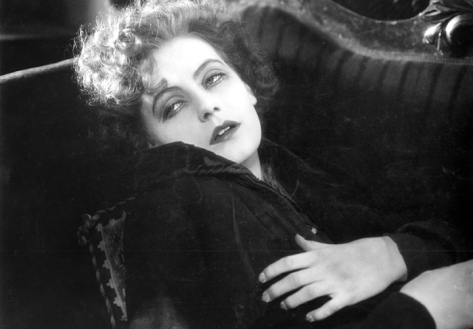
In retrospect, I appreciated the historical significance of this film but didn’t enjoy it as a movie. I liked the very base and honest cinematography of Pabst’s work and feel that a lot of the movies from this period in Weimar cinema have influenced documentary filmmakers for decades. Pabst’s metaphors for a corrupt government (the butcher/madam couple) was very effective while his images of women were deplorable. Greta Garbo’s performance was way over the top for the film, but again, understandable considering it is a silent film. Joyless Street was a joyless experience for me but I learned a lot from its viewing.
http://www.youtube.com/movie/the-joyless-street
References
Alexander Walker; Metro-Goldwyn-Mayer (October 1980). Garbo: a portrait. Macmillan. p. 183. Retrieved 29 January 29 2014.
Basinger, Jeanine (2007). The Star Machine. NY: Alfred A. Knopf. p. 18.
Isenberg, Noah William. Weimar Cinema: An Essential Guide to Classic Films of the Era. New York: Columbia UP, 2009. Print.
Kardish, Laurence. Weimar Cinema, 1919-1933: Daydreams and Nightmares (New York: Museum of Modern Art, 2010), 68.
Kester, Bernadette. Film Front Weimar: Representations of the First World War in German Films of the Weimar Period (1919-1933). Amsterdam: Amsterdam UP, 2003. Print.
Koller, Michael. “The Joyless Street.” Senses of Cinema. Senses of Cinema, July 2004. Web. 29 Jan. 2014.
Rogowski, Christian. The Many Faces of Weimar Cinema: Rediscovering Germany’s Filmic Legacy (Rochester, NY: Camden House, 2010), 21.
